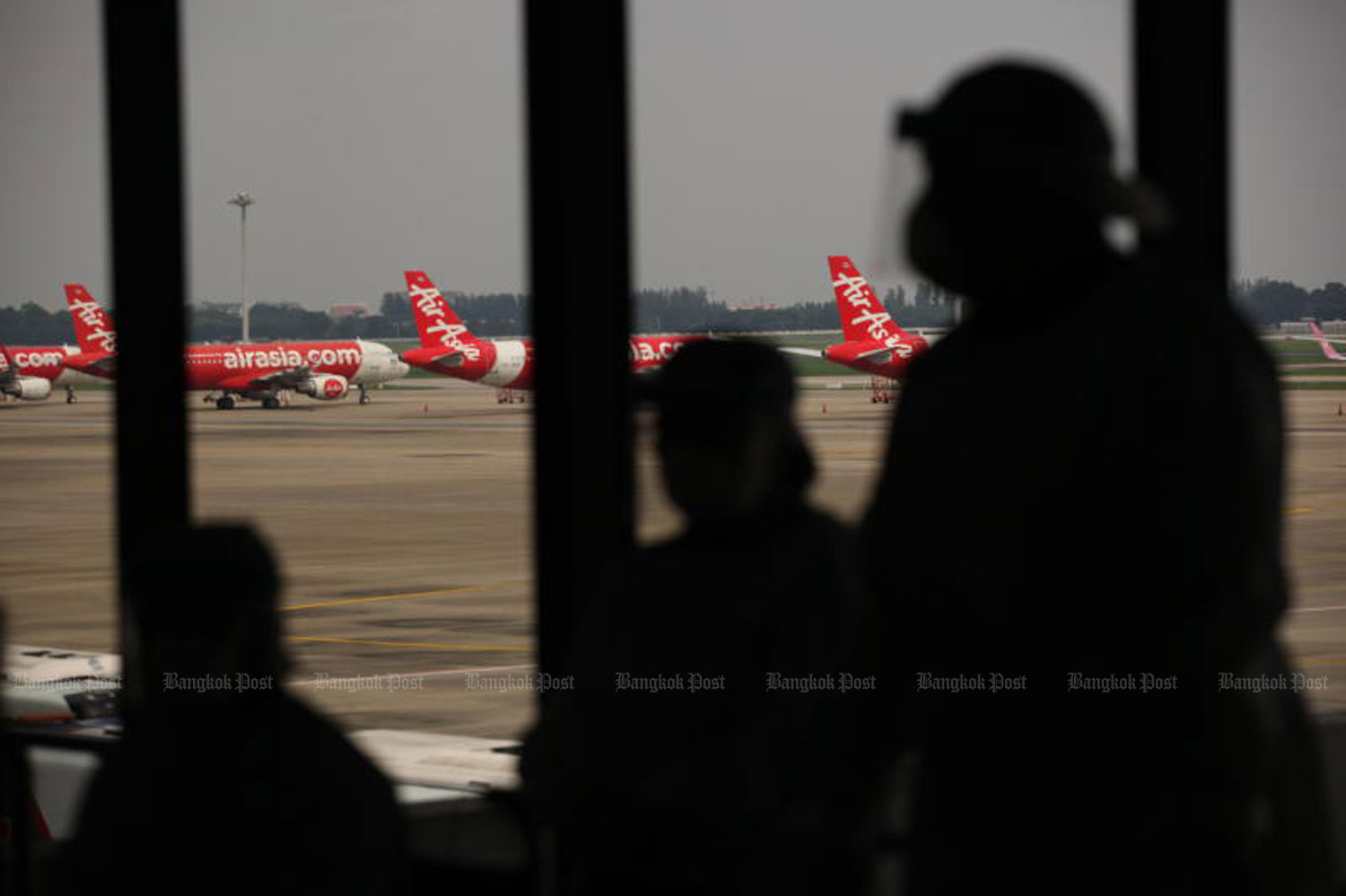
Thai AirAsia wants to dominate the domestic market, claiming 40% of the passenger market by the end of 2023 as it eyes two more routes in Japan next year.
Santisuk Klongchaiya, chief executive of Thai AirAsia, said its market share in the first half of the year was 37%, exceeding the 33% recorded before the pandemic as domestic routes performed well, with an average load factor of 94% on 32 routes to 21 provinces and eight cross-regional routes.
The Trade Competition Commission has interviewed a few low-cost carriers in Thailand about airfares. Mr Santisuk said the airline had already clarified its price structure to the regulator.
He said ticket prices are now regulated by the Civil Aviation Authority of Thailand (CAAT) and the airline did not break any price rules set by CAAT.
Of the domestic routes, Thai AirAsia is the sole operator in Ranong, Chumphon, Loei, and the Hua Hin-Chiang Mai route.
Airfares are 10-20% higher than in 2019, but Mr Santisuk said this reflects the market as supply cannot keep pace with passenger demand, particularly in terms of the number of aircraft.
He said Thai AirAsia will gradually increase capacity on existing routes, rather than seeking new routes, with a plan to fly 54 jets by year-end, up from 45 in the first half.
In 2024, the airline plans to expand the fleet to 60 jets with new deliveries of the Airbus A321, which can fly one hour longer and has 236 seats, up from 180 seats on an existing Airbus A320.
The new aircraft will enable the airline to capitalise on growing demand for Japan as it has the potential to add new routes to Okinawa and Hiroshima, after its Fukuoka flights registered a load factor of more than 80%, said Mr Santisuk.
"Next year we aim to match 2019 levels with at least 22 million passengers, up from 20 million projected for this year," he said.
Mr Santisuk said the growth would be mainly attributed to the resumption of flights in China, which should total 138 weekly flights at the end of this year, increasing from 108 in the first half of this year.
However, the sluggish growth of the Chinese economy should prod the new Thai government to consider waiving visa-on-arrival fees for Chinese travellers, as the current rate of 2,000 baht is more expensive than in other countries, he said.
Tansita Akrarittipirom, director of commercial operations at Thai AirAsia, said the airline has 11 destinations comprising 18 routes in China, and plans to add more cities in the second half of this year.
She said flights in India will be another focus, in addition to its existing eight routes, but obstacles remain with restricted seat allocations between Thailand and India.